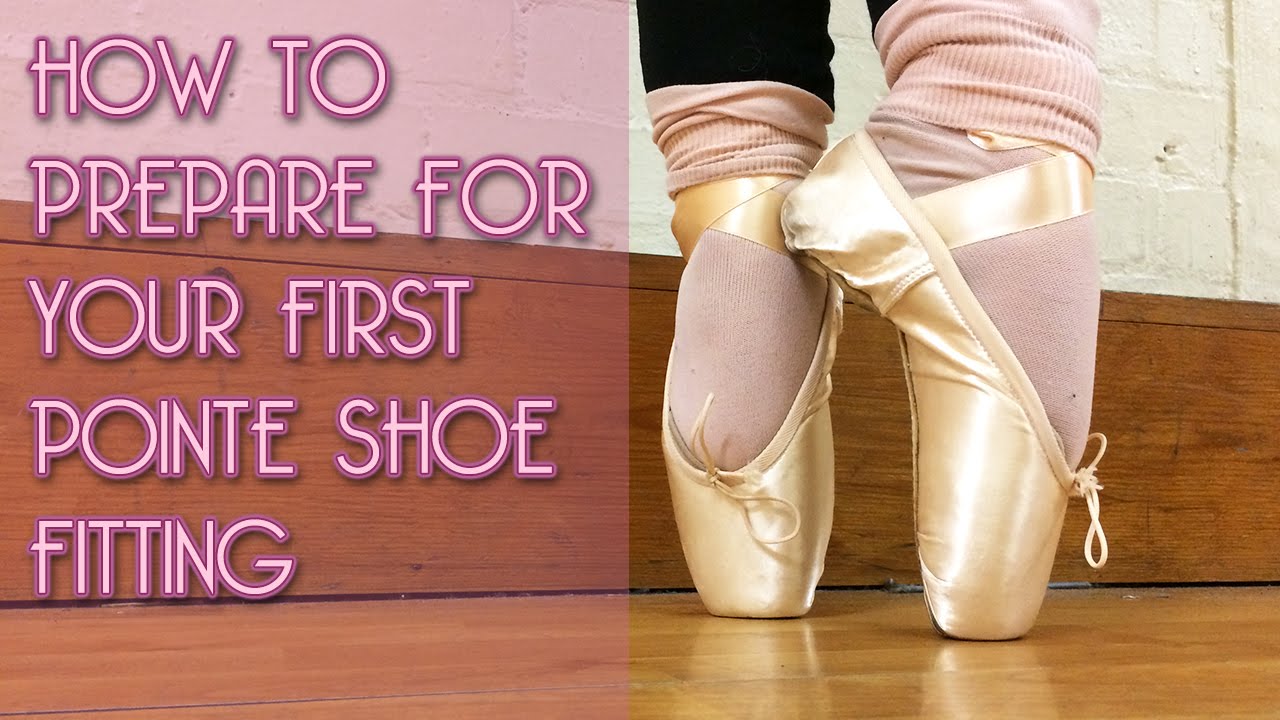You come into the store looking for a pair of ballet shoes. We ask: “Full sole or split sole?” You are stumped by that question. We thought we’d help explain the difference between the two…
First, a little ballet shoe background: Ballet shoes are often referred to as ballet slippers, which is really a misnomer. There is a big difference between true ballet shoes and those marketed as ballet slippers. Typically ballet slippers, those sold in big box stores, are just that, slippers you’d wear around the house as bedroom slippers. But those sold in specialty/dance stores are the “true” ballet slippers –lightweight shoes designed specifically for ballet dancing.
So what is the difference between full sole and split sole? And which one is right for you? Keep in mind that your school/instructor may have a preference so always refer to your studio/instructor’s requirements when shopping for your ballet shoes or any dance shoe. But what follows is a general “rule of thumb” to help you determine which type if right for you….
The simple construction of a FULL-SOLE BALLET SHOE often makes it a little less expensive than most split-sole shoes. The full-sole covers from the toe to heel. The full sole is a little stiff, so it’s going to be a little bit harder to point; this could be good because it’ll also strengthen your foot. A good shoe for the beginner ballet dancer.
In contrast, the SPLIT-SOLE BALLET SHOE has two pieces of material in the sole: one piece from the arch to the toes, and one piece from the arch to the heel. The seam created where these two pieces connect at the arch of the foot makes the split sole more form-fitting than the full sole. The split sole is very popular because the split accentuates the natural lines of the foot. With the split sole, you can really feel your foot working and you’re doing all the work yourself.
As with any dance shoe, you should always be “fit” to ensure the correct sizing. Sizing does not follow street shoes sizing at all. And it is typically different on nearly every single ballet shoe. For example, your favorite manufacturer’s leather split sole may have different sizing than their canvas split sole. So be sure to visit a specialty/dance store, like ours to ensure the proper fit!
Originally part of our "Studio of the Month" informational flyer - January 2012 (HSPA winner!)



